Sometimes Data Recovery Labs may receive a very strange SSD that may be based on an unknown controller. Our Technical Support dpt received one of such weird drives. Let’s figure out how to deal with it!
Our guest for today is KingSpec P3-128GB model, from Chinese SSD manufacturer. Such drives could be found on Internet marketplaces like Alibaba or Amazon. They cost a minimal amount of money, something around 10-12$ for 120-128GB model. People still may buy them, because they are cheap, and in the end – it’s SSD, with a pretty high speed of reading and writing. Why not use them as a value but fast portable drive? The only thing you need – just 2$ USB to SATA wire that people are usually purchasing from the same Internal marketplaces. Or, as an option, such a cheap drive could be installed in a pretty old PC with Core 2 Quad and 4GB of RAM. Such a tiny upgrade may seriously increase the speed of an old machine, and make it be useful again for daily jobs under Windows 7-10 or Linux.
So, let’s connect the drive and see how it will detect on PC-3000 UDMA-E System:
Drive stays in BSY for all time. As usual for SSD, due to the internal Firmware Corruption, the drive goes into a cycle: Load FW – Error – Reset – Load FW – Error – Reset… That’s why we see BSY LED register in the left bottom part of the screen.
Now, let’s open this drive and find out what’s inside.
As we can see, this SSD has 4 physical NAND chips (2 from one side, and 2 from another) which is pretty much for SSD with 128GB capacity. Also, it has the main RAM-less chip, controller Initio INIC-6081.
Initio Corporation was famous for its bridge- and HOST-controllers. But they never released any type of SSD controllers. So, most likely Initio INIC-6081 is a rebranded name of another CPU.
The most trusted way to check the real controller name – switch the drive in SAFE MODE. In this case, we will block access to NAND chips, so we could bypass BSY state. At the same time, it would be possible to communicate with the controller, and in theory, we will get some basic Passport ID that may help us to understand, what type of controller is it.
And, as it often happens with an unknown controller – Initio INIC-6081 becomes a rebranded Phison PS3111-S11! We can see full ID info in the Passport field inside Universal Utility.
This guy should be fully supported by PC-3000 SSD since 2017.
Actually, there are a few models of SSD controllers, which still are rebranded PS3111 with no difference. Let’s remind them:
- Kingston CP33238B (PS3111)
- Transcend U01749ME3 (PS3111)
- Transcend 02-3010 (PS3111)
- Toshiba TC58NC1010 (PS3111)
- HG2258 (Hosin Global – modified PS3111)
- AS2258 (ASolid – modified PS3111)
To work with this drive we need to use one of our PC-3000 tools with SSD Add-on: PC-3000 UDMA, Express, Portable III or Portable PRO.
Due to the hardware limitations, for correct PS3111 drives connection to PC-3000 UDMA-E and PC-3000 Express we need to use PATA to SATA adapter. Otherwise, you will see an error on a stage of Loader Uploading:
At the same time, PC-3000 Portable III and PRO does not require any type of adapter. Just a direct connection via SATA:
Here is how connection should look on Portable PRO:
And how it will look on PC-3000 UDMA-E with original ACE Lab PATA to SATA and non-original, third-party PATA to SATA:
Well, a bit pasta-like wires connection, but it’s working like a charm 🙂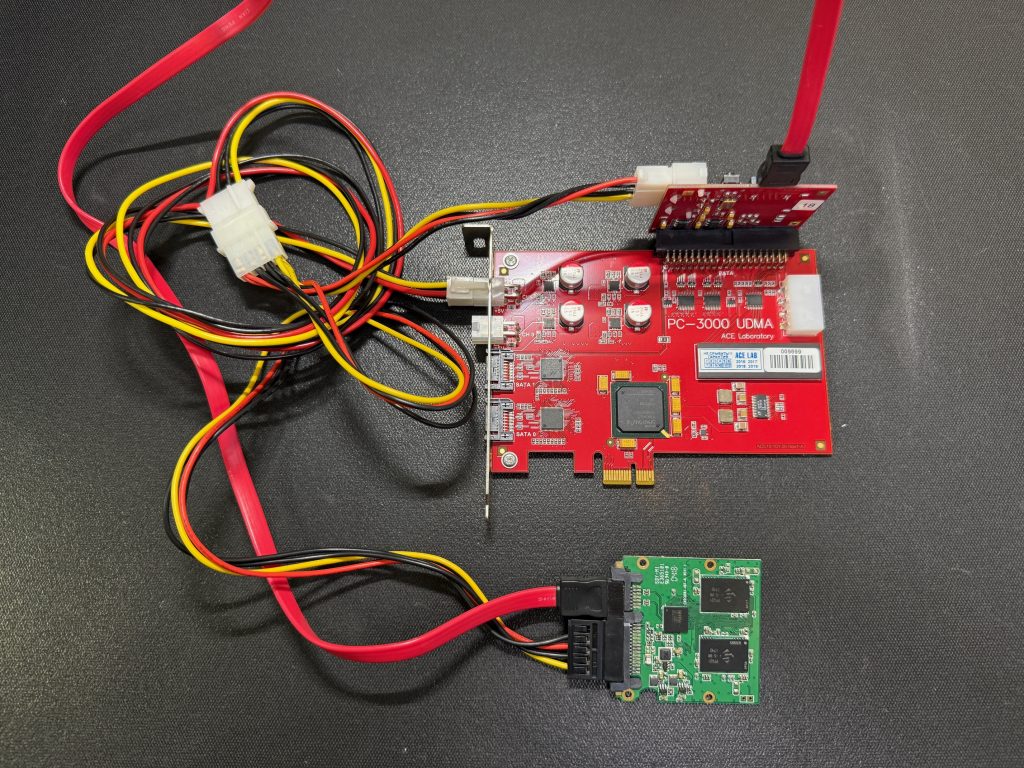
If you don’t have an original ACE Lab PATA to SATA adapter, you can use a third-party adapter which should be based on JMicron (not Marvell!) controller:
Please don’t forget that you need to use a SHORT PATA (IDE) cable. Long cable, with 40-60cm length, may affect on data integrity and adds more errors!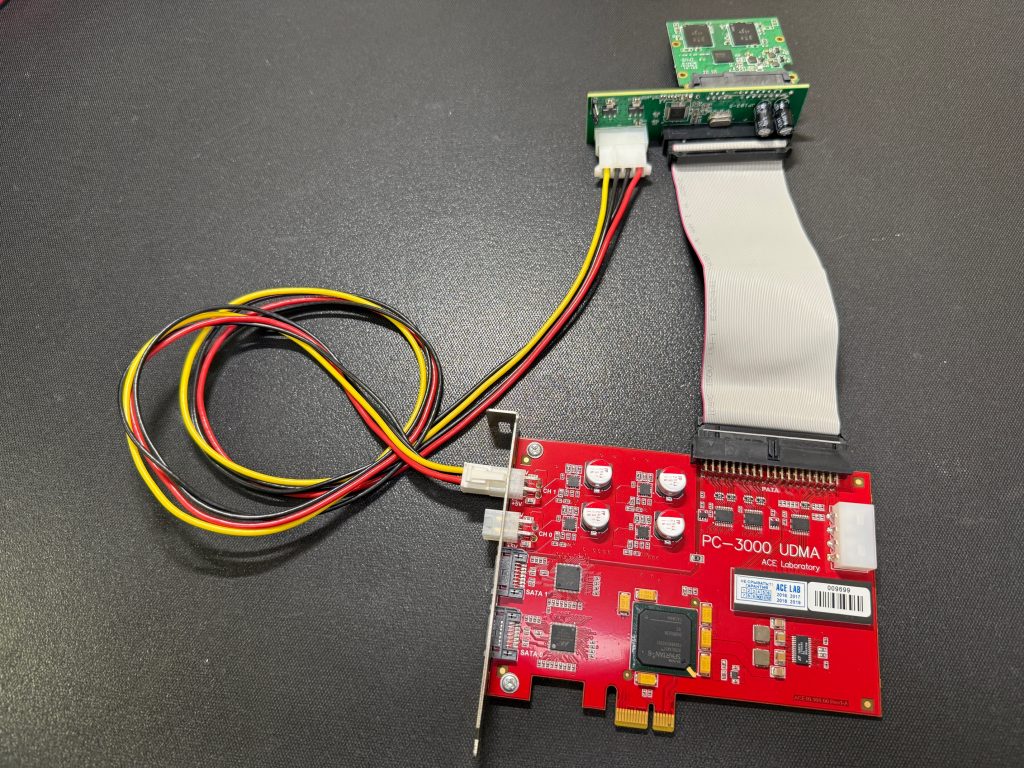
After connection via PATA channel, we need to select a correct port. Chanel 1 (PATA 0) in our case:
Then, let’s start PC-3000 UDMA-E software, and select our controller family:
Then, let’s load the loader – modified and optimized by ACE Lab developers drive firmware which allows us to unlock Technologic Mode and reach access to an internal Service Area. Correct loader was already highlighted. So, just need to follow Utility recommendations and leave everything by default. Chips are pretty old by the way – Micron 64 Layer B16A TLC…
After SSD Initialization was complete, we can get some basic drive info, including the number of memory chips, number of channels and loader creation date.
Now, let’s rebuild the translator – a part of the firmware which addresses physical blocks on NAND chips into logical sectors. Please note that drive capacity will not change in passport ID! It’s not related to a real drive capacity. No matter what is your real drive size, in passport ID you will always see only 128GB! Real capacity will be shown in Data Extractor later!
When translator is ready, we can make a new task in Data Extractor:
Real drive capacity will be visible only in a source string, so don’t care about passport ID info in the PC-3000 Phison Utility:
And finally, here is the data that could be saved now!
As you can see, recovery steps aren’t so complex. But when you are dealing with Phison PS3109 or PS3111 (or with any other rebranded PS modification), don’t forget that PC-3000 UDMA-E and Express will require a PATA to SATA adapter, while Portable III and PRO may work with SATA directly.
In case you have any questions, please feel free to contact ACE Lab Technical Support dpt!



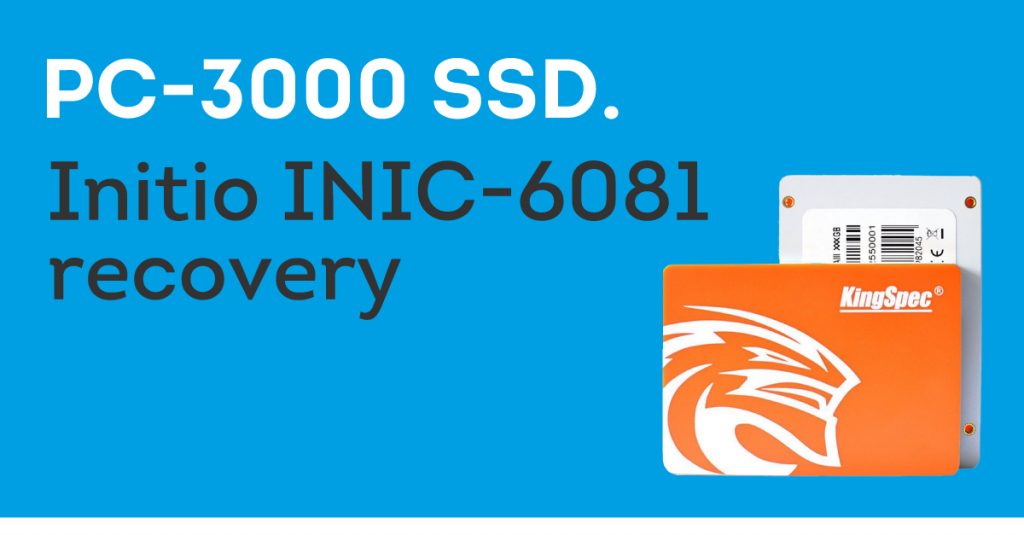
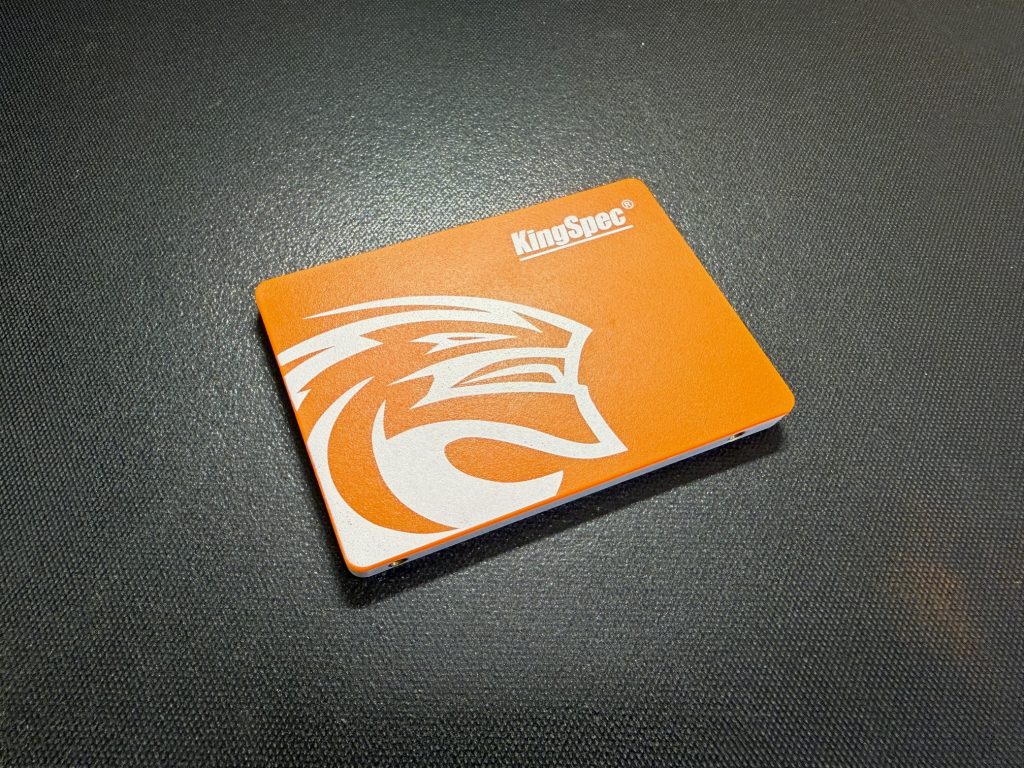
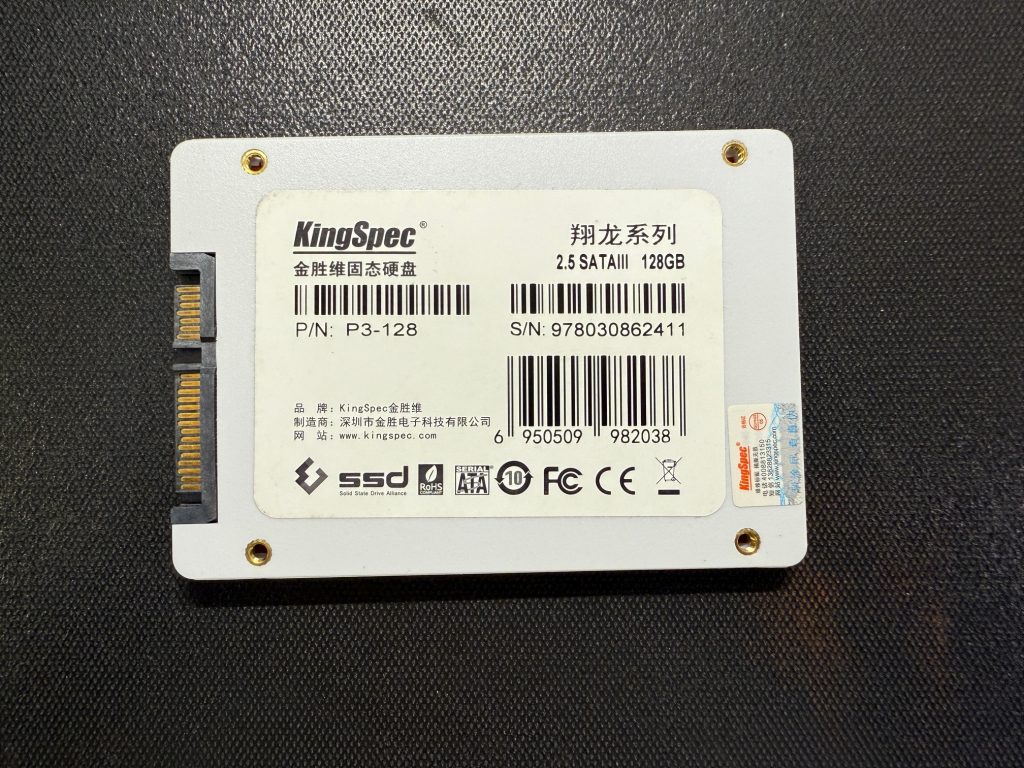
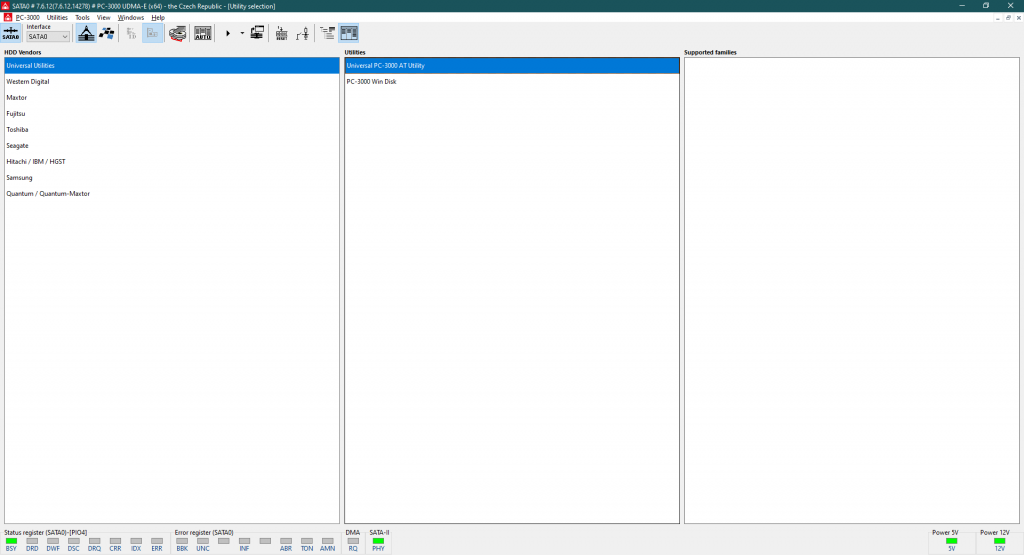
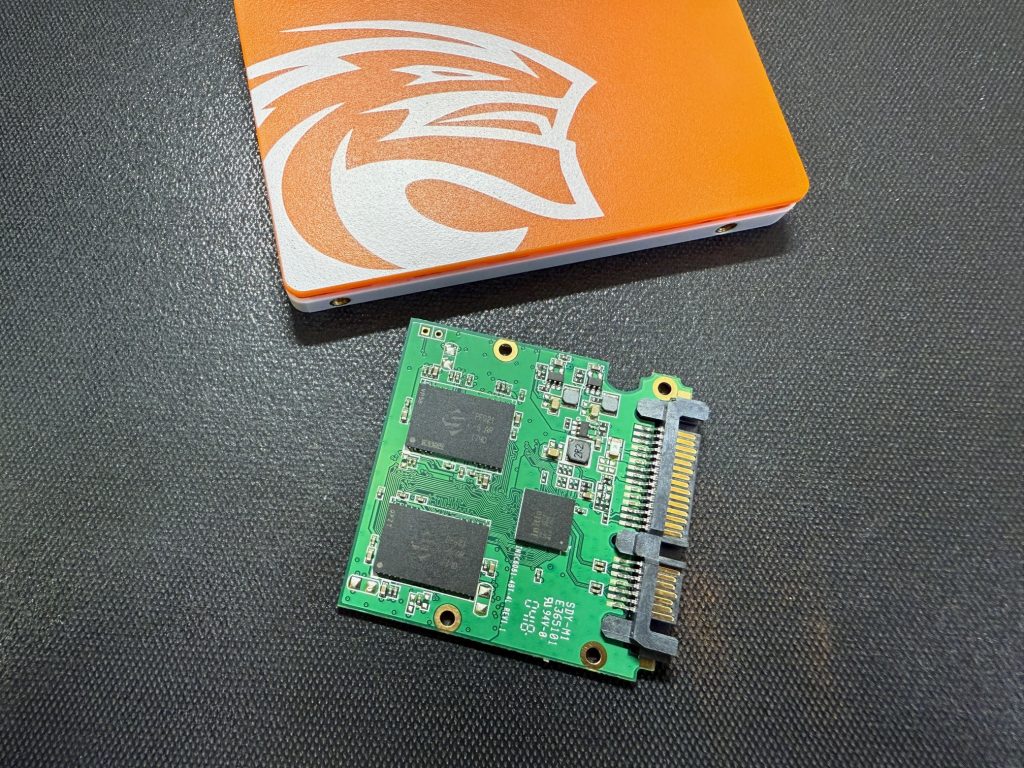

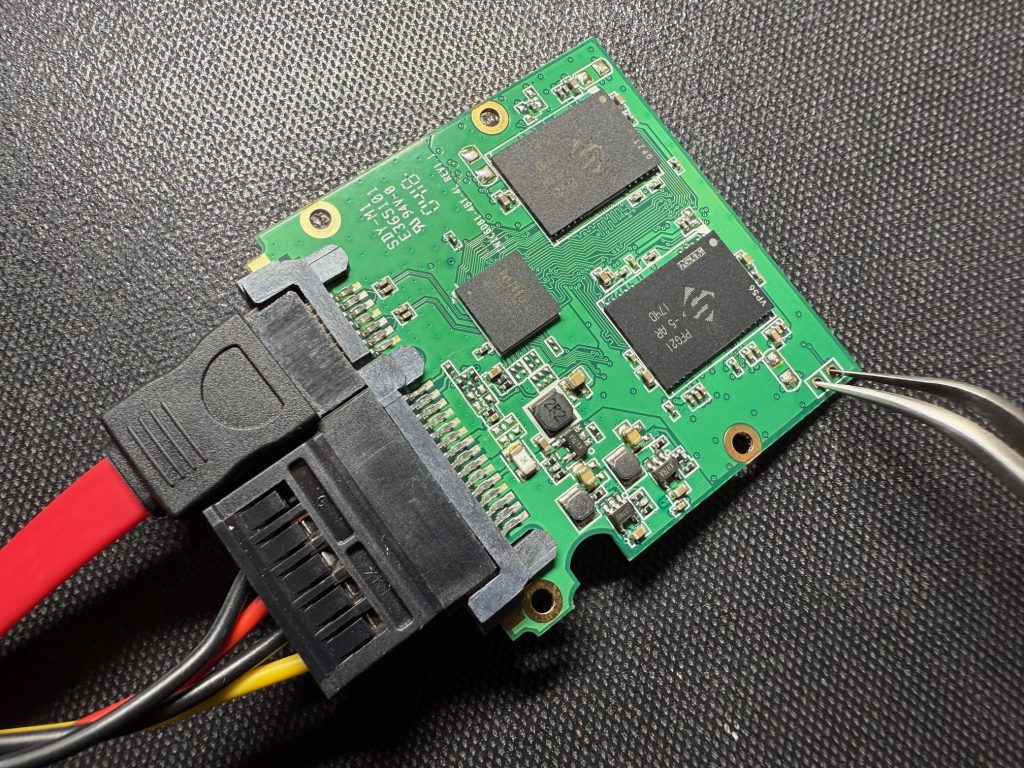
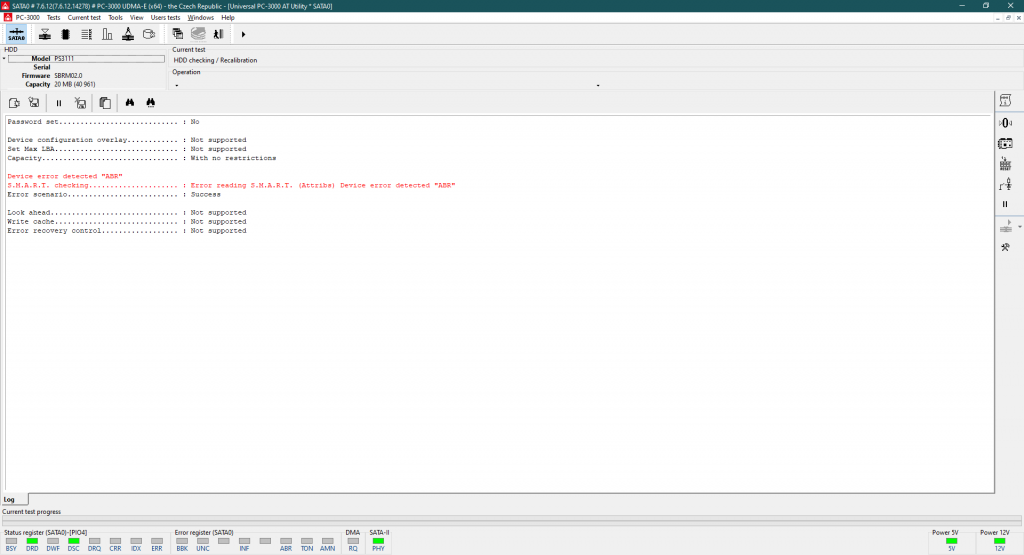

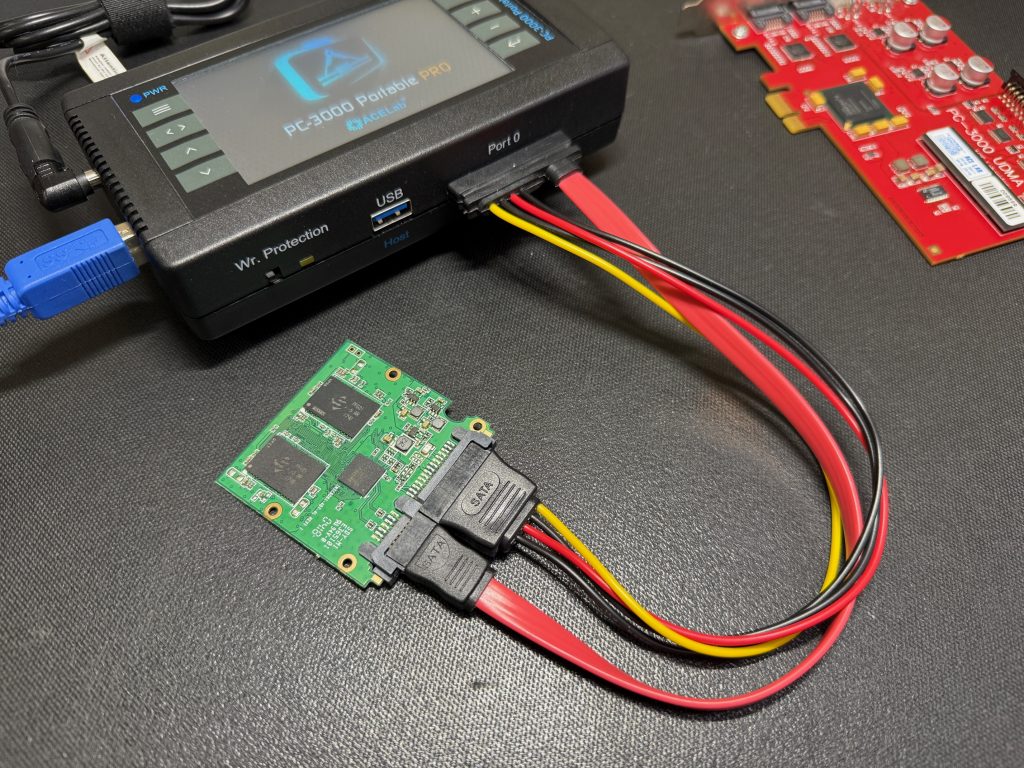
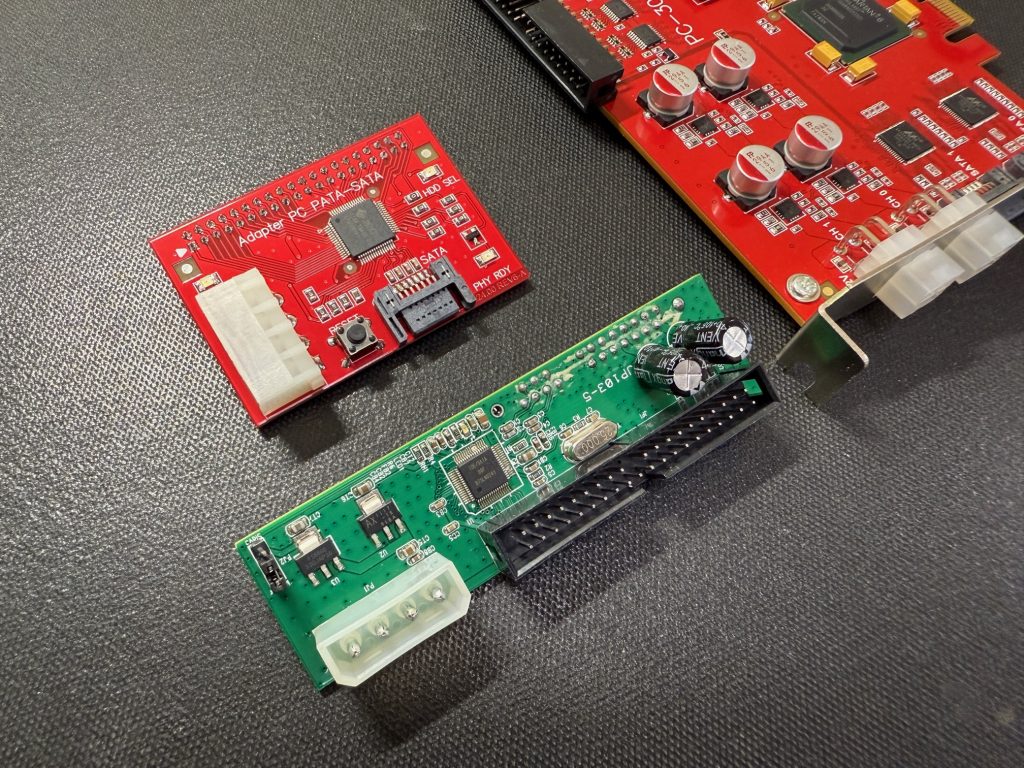
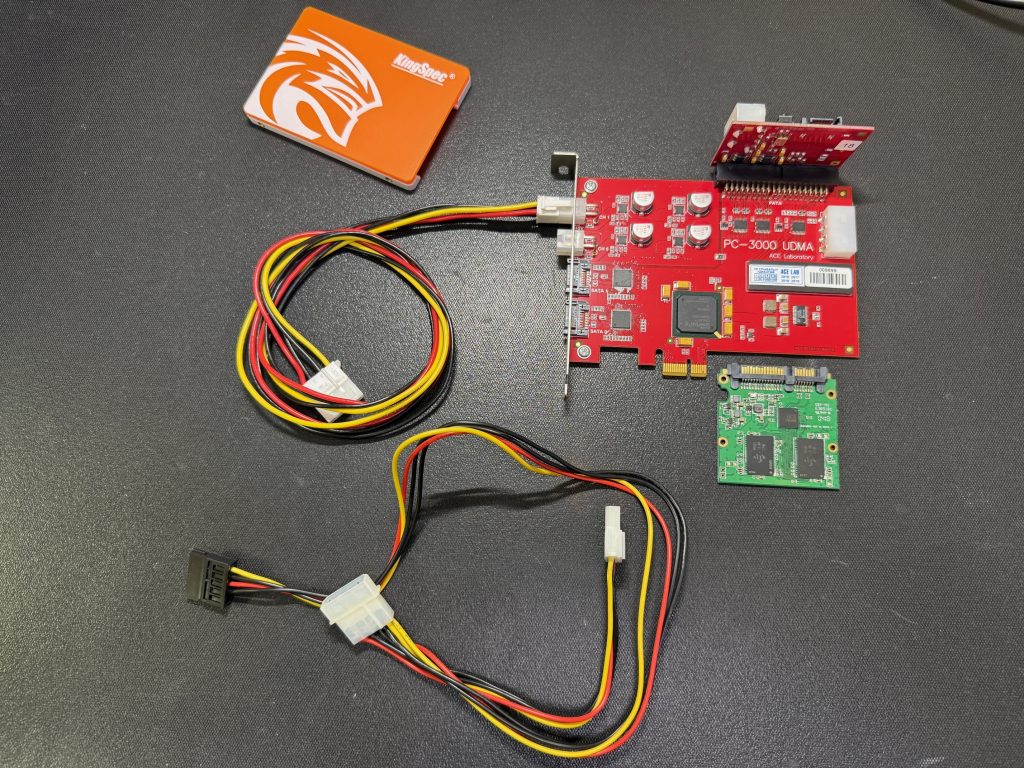
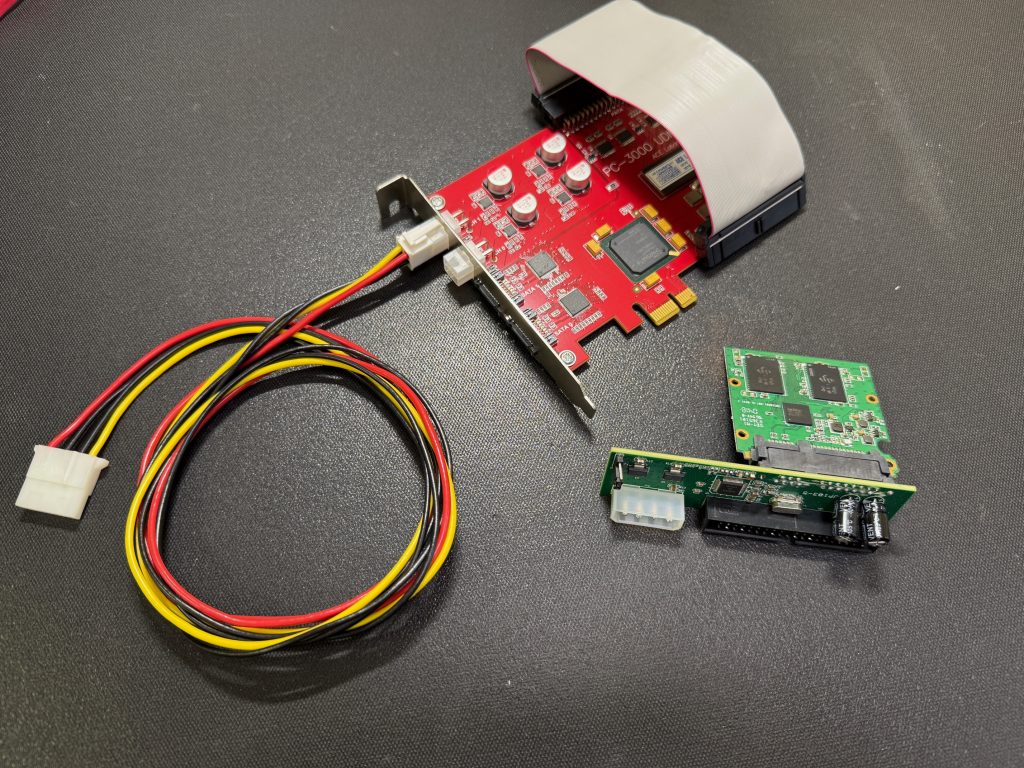

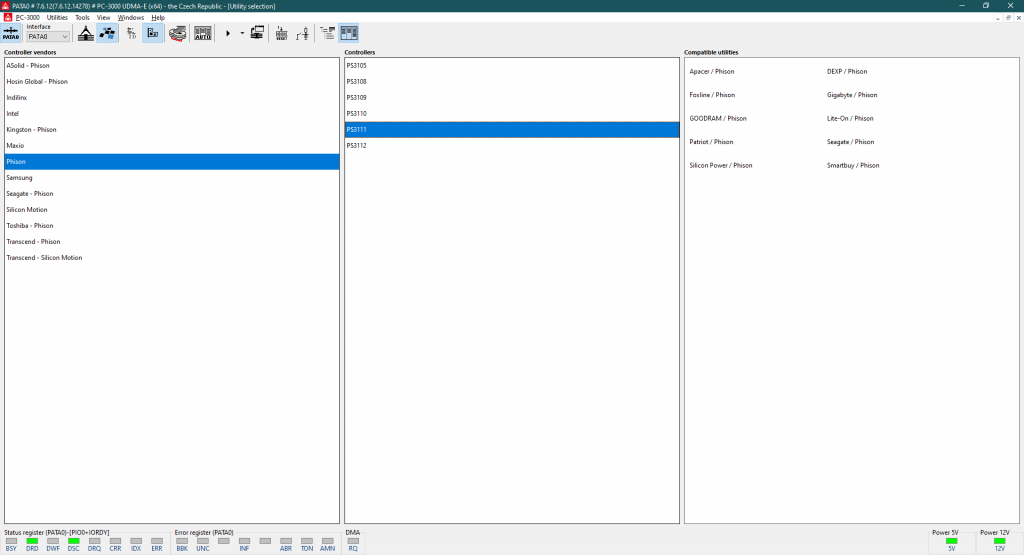
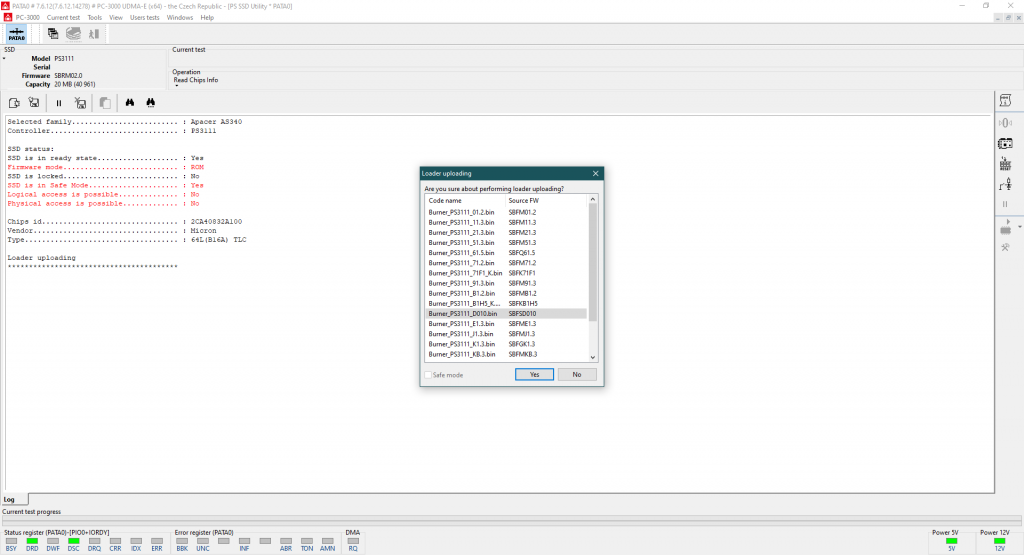
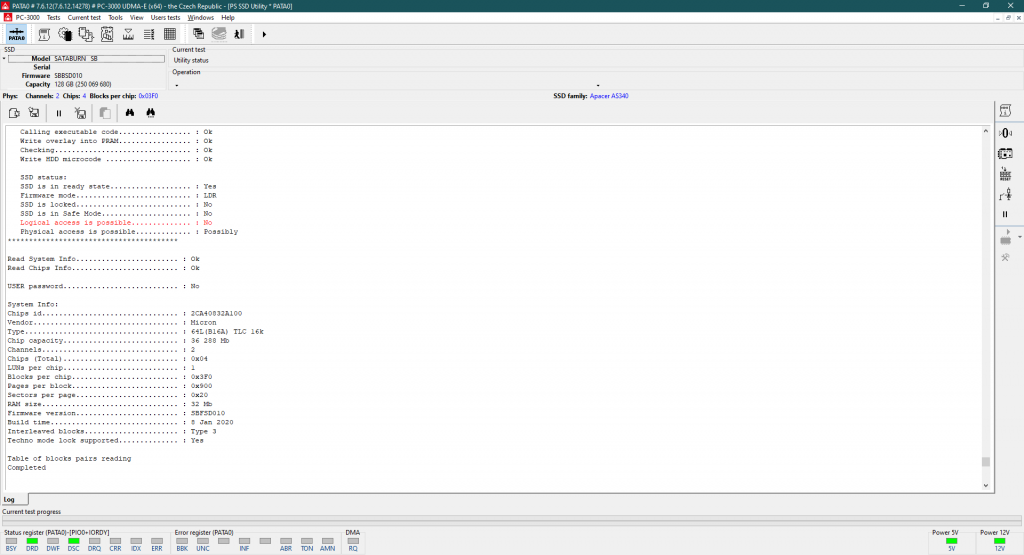
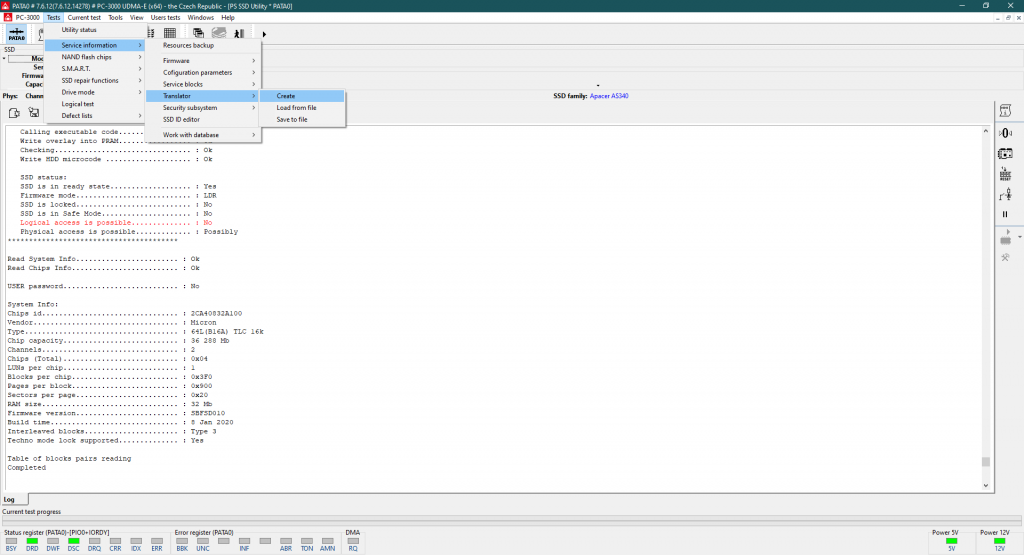

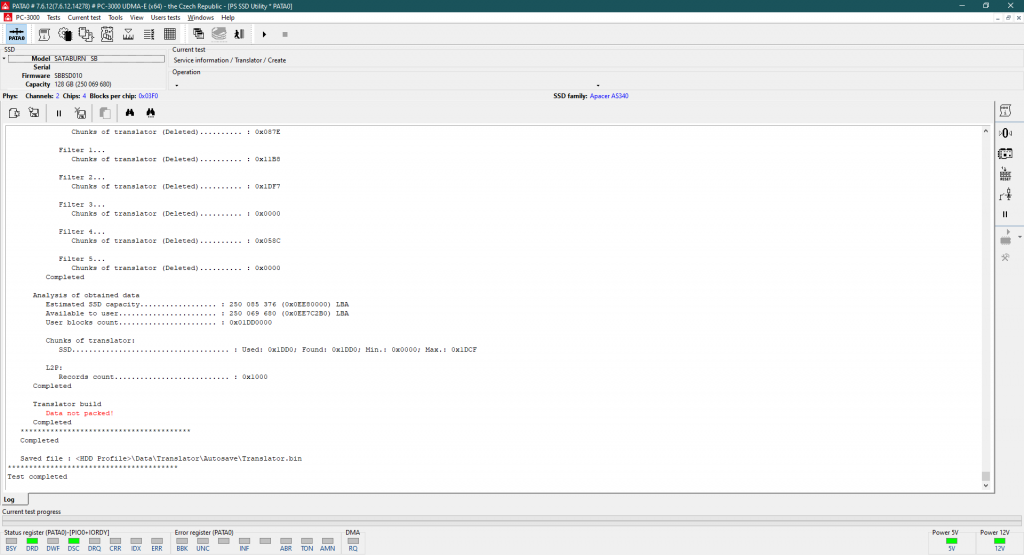
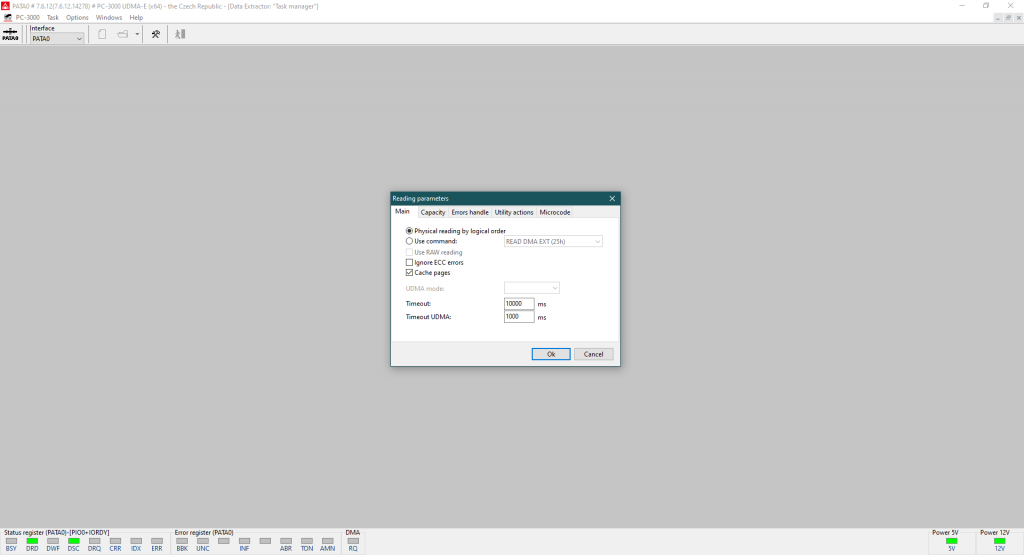
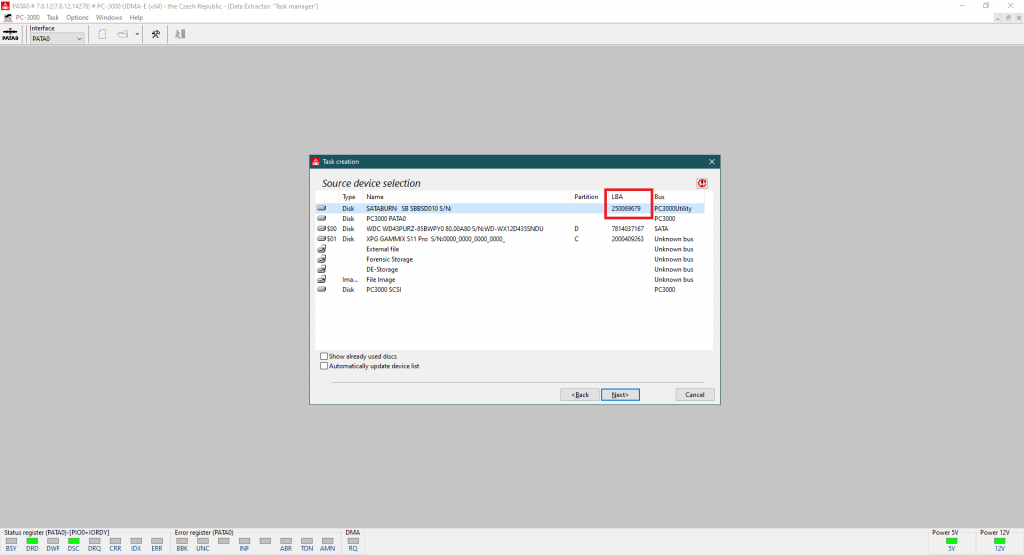
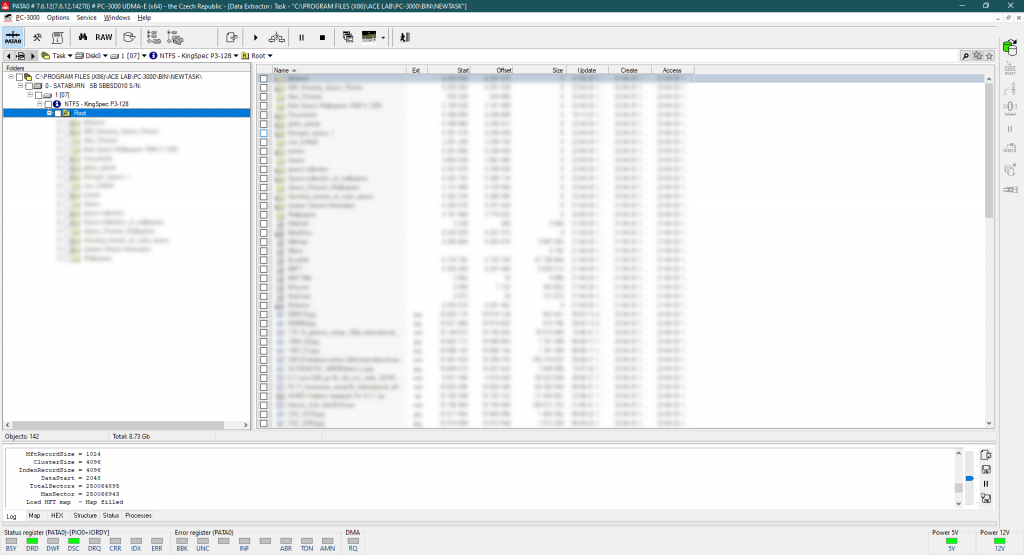


 (9 votes, average: 3.78 out of 5)
(9 votes, average: 3.78 out of 5)
5 Star Article!!!